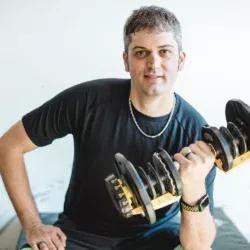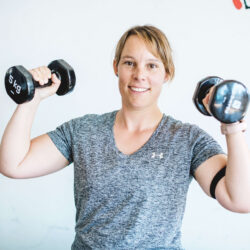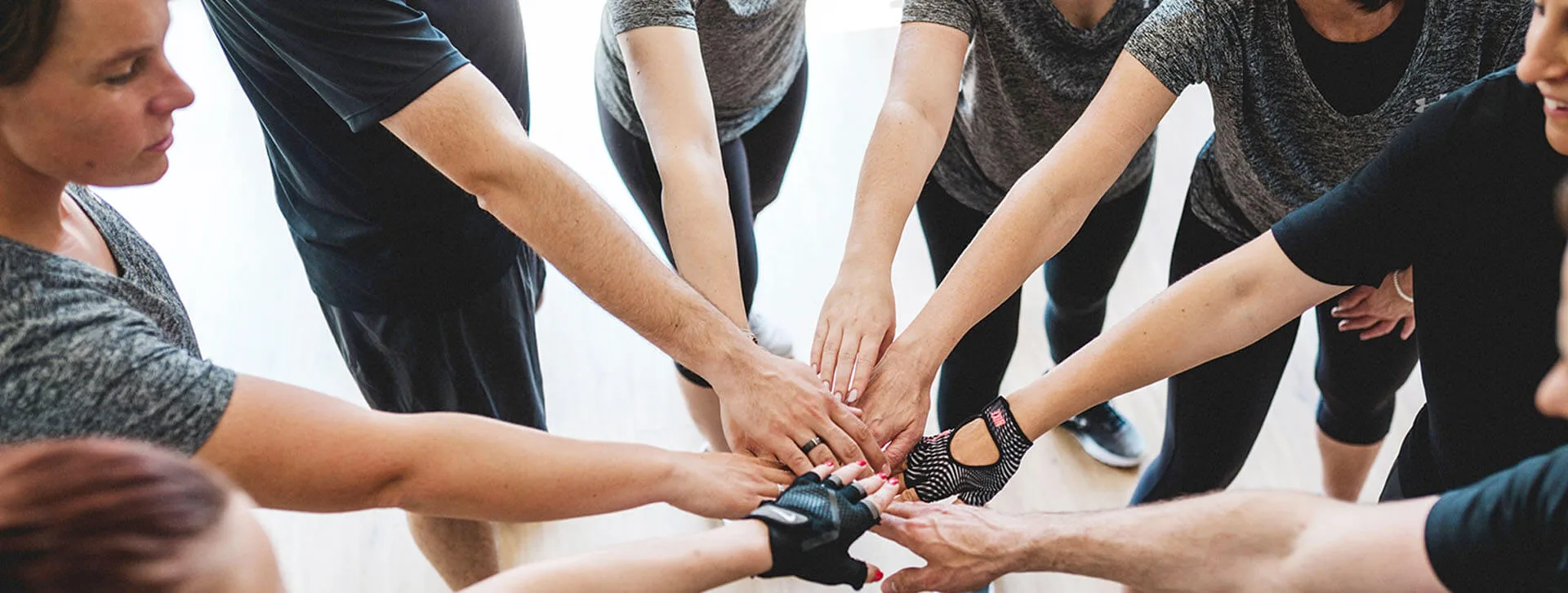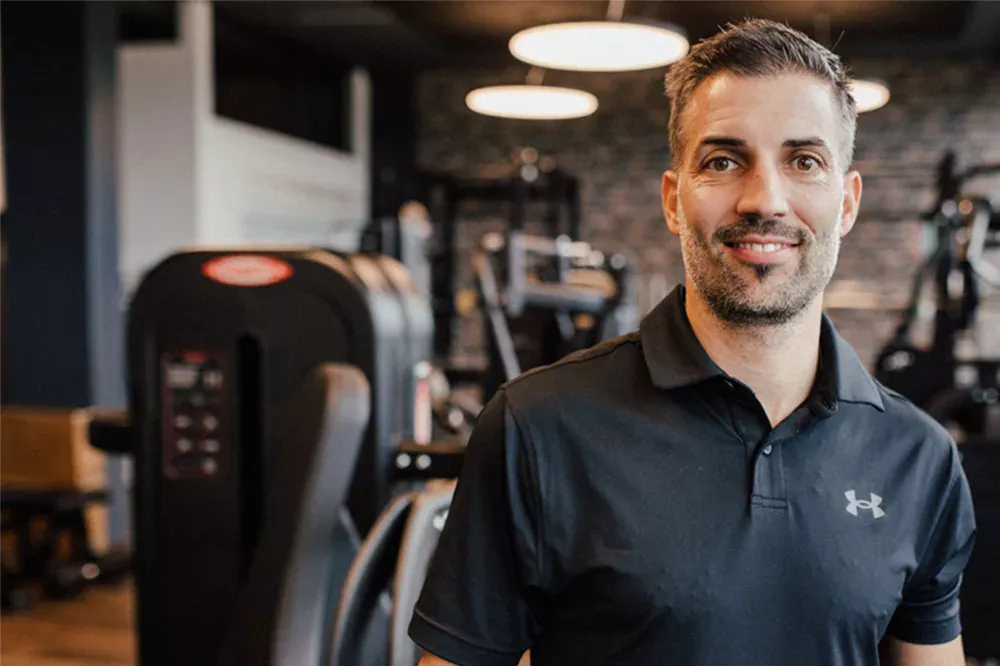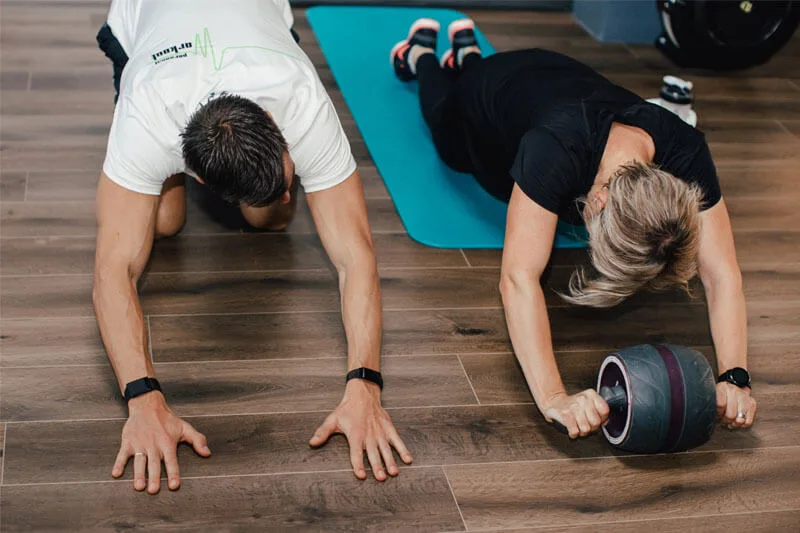What is Functional Training?
The fitness world, like many other areas, is constantly evolving. This is partly due to sports science, which aims to set guidelines for physical activity or adapt them to current findings, and partly due to trends. In this post, we explain what functional training is.
What is Functional Training?
The world of fitness is, as in many other fields, constantly evolving, both because of sports science, which seeks to dictate the guidelines for the correct prescription of physical activity, and also because of fashions.
Over the last ten years, there has been one activity that has probably attracted the interest of people and trainers more than any other, and that is Functional Training. Recently has gained momentum among physical fitness training and has been identified as a “Top 10 Fitness Trend” in 2018.
Functional Training, however, is a term that can be ambiguous and too general, as many people wonder „Functional training…functional for what?“.
A first definition we can give is:
If in fact we are talking about fitness subjects and not professional sportsmen and women, i.e. those who train and go to the gym with the aim of keeping fit and improving their appearance, Functional Training could serve precisely to make everyday movements more efficient, to have less pain and thus to live a better life from a physical point of view.
What are the differences with traditional training?
How, however, should Functional Training promise these results compared to traditional training?
At first glance we can see that Functional Training, unlike traditional training, requires different equipment. Classic machines are not used, but often tools are used that are more reminiscent of everyday equipment, such as TRX, kettlebells, dumbbells, elastic bands, sandbags, bars.
The reason? Machines offer more stability, whereas the Functional Training requires the body to seek and achieve stability, as in everyday life we do not perform movements on machines.
This is where the core, a concept always mentioned by functional training coaches, comes into play:
The continuous search for activation and training of the core would in fact allow for a stronger back that is ready for any movement. How?
- Exercises performed in split-stance, as daily activities are almost never performed perfectly on axis, parallel and symmetrical.
- Anti-rotational exercises, to create stability.
In order to mimic everyday movements, Functional Training therefore seeks imbalance to improve balance and instability to improve stability.
Finally, isolation exercises are almost never performed, but only multi-joint exercises, as everyday gestures almost always require the involvement of muscle chains and not a single muscle.
| Traditional Training | Functional Training |
| Machines, Barbells, Dumbbells | Barbells, Dumbbells TRX, Kettlebell, Sandbags… |
| Multi and single-joints | Multi-joints |
| Stabilty | Instability |
| Symmetrical | Asymmetrical |
What about Functional Training in Sport?
Michael Boyle has been involved in Functional Training in sport for years. His thesis to promote Functional Training is simple and is based on three cornerstones:
- How many sports are played sitting down?
- How many sports are played in a rigid environment where stability is provided by outside sources?
- How many sports skills are performed by one joint acting in isolation?
The answer to these three questions is simple and leads to the conclusion that the general preparation of a sportsman in a macro-cycle cannot only involve traditional training, i.e. using machines and training methods that are far from the performance model of his sport.
What science says
A 2017 meta-analysis looked at five studies on the effects of Functional Training on oxygen consumption.
„There is very low-quality evidence that functional training is better than other interventions to improve cardiovascular parameters.“
A systematic-review in 2021 looked at 9 studies to investigate a correlation between Functional Training and improvements in strength, speed, power, balance, agility, flexibility, endurance, bodu composition.
“Strong evidence that functional training improved physical fitness in terms of speed, muscular strength, power, balance, and agility, while there is moderate evidence of the effect on flexibility and muscular endurance. No significant improvement was found in body composition”.
Conclusions
The question you’re probably asking yourself now is: what is the best method?
We at Personalworkout believe that the best method does not exist.
We strongly believe in tailoring a training program to the needs of the individual, which is why we don’t focus on a single method but use several, trying to take the good from each.
Functional Training has allowed us to see training from a different point of view, more holistic and more movement-focused rather than muscle-focused. It has also provided a more interesting and, for some, more enjoyable method of training and getting fit.
However, one must beware of those who promote Functional Training as the only miraculous method for achieving psycho-physical well-being, or worse, those who run courses with TRX and kettlebells and call their course Functional for a simple marketing reason.
What we offer at Personalworkout
Functional methods are popular at Personalworkout, which is why we created Hardest30, a short (30 minutes) medium-high intensity workout in which you can train the full body.
Many of our clients and athletes practice Hardest30 because they prefer it to classic gym training, others because they have little time and can perform a complete workout in half an hour.
But if your goal is to mix Functional and Traditional Training we recommend our Personal and Semi-Private Trainings, where you can have both of them.
Are you interested in taking a trial lesson? We are looking forward to hear from you!
Challenge of the Month
What Clients Say

